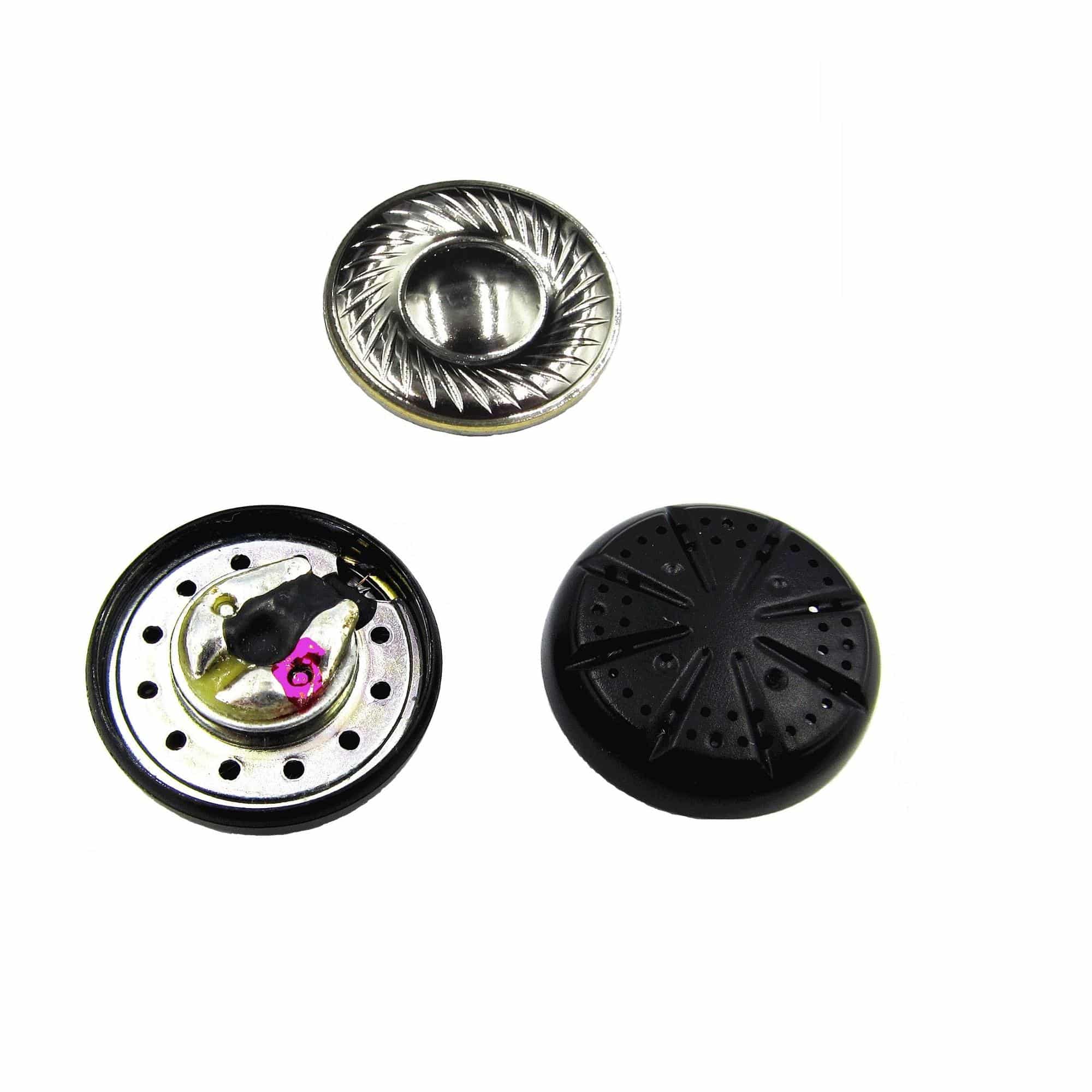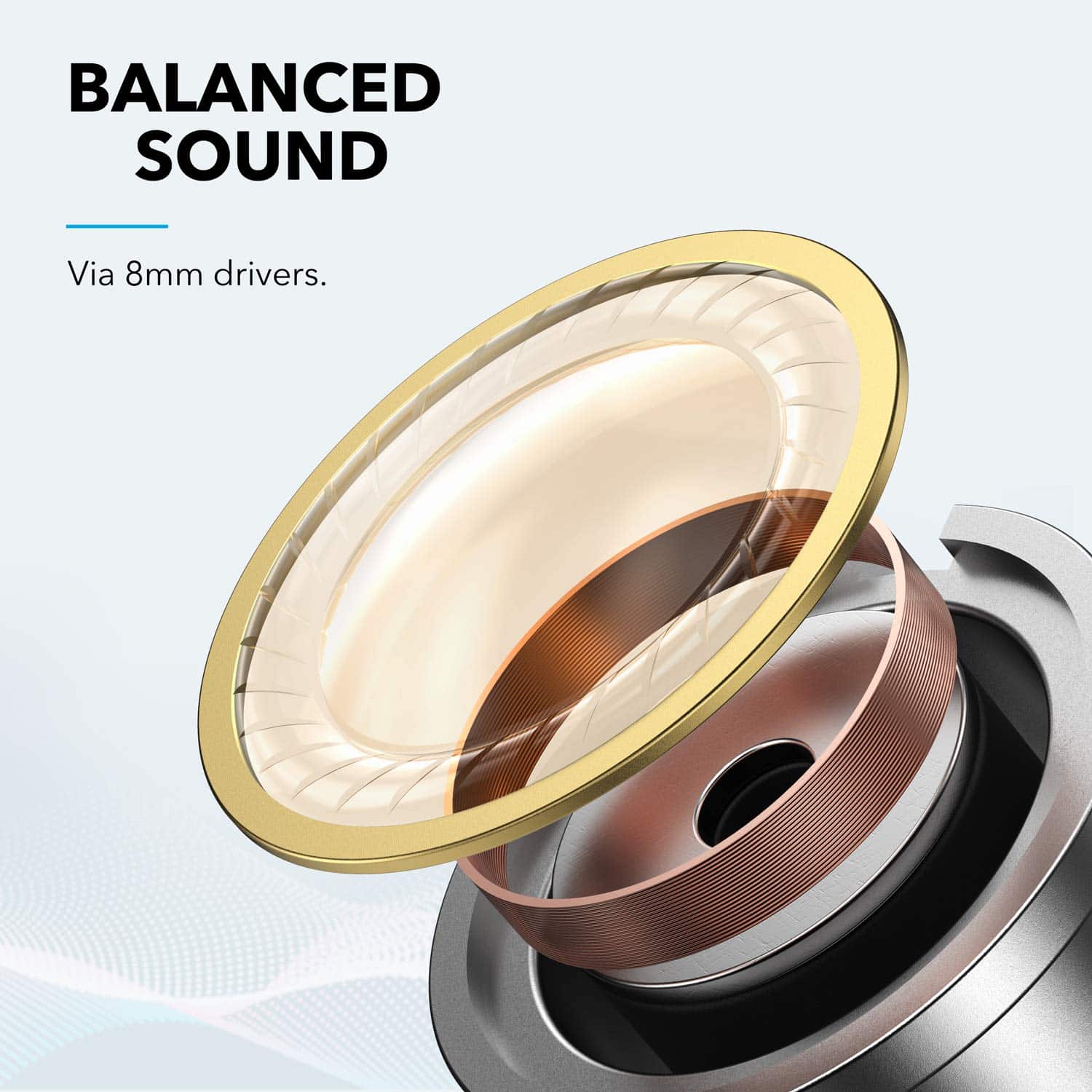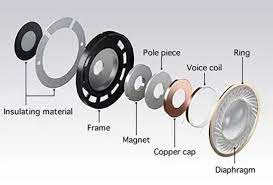Contents
Modern earphones come in all shapes and sizes but most of the leading models use two driver sizes: 8mm and 10mm. While the 2mm difference between the driver sizes appears insignificant at a glance, it’s more than enough to alter characteristics of earphones in use. Today, we will dive into the topic of 8mm driver vs. 10mm driver and decide the winner. If you seek solid earphones, check out our article to narrow down the number of models on your shortlist.
A Guide To The Driver Sizes

Frequency
In terms of frequency, the 8mm driver excels at generating high-frequency sound in most of the cases. Thus, earphones with the 8mm driver usually deliver clear and detailed audio from high-frequency elements in the music. On the other hand, the 10mm driver works well while producing low-frequency sounds, especially deep bass tones. Thanks to the robust and immersive low-end response, earphones with the 10mm driver prove popular to people who prioritize bass
Sound Pressure Level, Sensitivity And Impedance
On average, the 8mm driver guarantees decent sound pressure levels, especially for midrange and treble frequencies. That being said, the ability to create extremely loud sound of the 8mm driver is limited due to its size. In addition, the 8mm driver tends to have slightly lower sensitivity and higher impedance than its 10mm counterpart. That means compared to the 10mm driver, the 8mm driver requires slightly more power to achieve the same volume level.
Once it comes to volume, the 10mm driver performs satisfactorily: its size allows a lot of air movement which translates to increased sound pressure and volume output. Therefore, earphones with the 10mm driver consistently present a powerful and immersive audio experience. Aside from that, the 10mm driver typically possesses higher sensitivity and lower impedance than the 8mm driver. As a result, the 10mm is capable of maintaining high volume levels and reducing power usage.
Usage
The construction of earphones with the 8mm driver is smaller and lighter than that of models with the 10mm driver. Consequently, people can freely manipulate earphones with the 8mm driver and keeping a snug fit is child’s play. For most of the time, the 8mm driver is the go-to driver size for those that desire discreet gadgets.
Meanwhile, the 10mm driver is larger than the 8mm driver so earphones with the 10mm driver weigh slightly more than ones with the 8mm driver. The increased weight is barely noticeable in the short term but during long short listening periods, it might cause some inconvenience. Then again, for a number of music enthusiasts, the superior sound from the 10mm driver compensates well.
Summary
| 8mm driver | 10mm driver | |
| Frequency Response | Better with high-frequency sounds | Better with lower-frequency sounds |
| Sound Pressure Level | Small | Big |
| Sensitivity | Low | High |
| Impedance | High | Low |
| Comfort | Good | Good in the short term, so-so in the long term. |
In conclusion, you should take your style into account and decide which one comes out on top in 8mm driver vs. 10mm driver on your own. If you prefer a high-frequency response as well as a high level of comfort, the 8mm driver is a fitting choice. In the case that you want a high-volume bass-focused experience and do not mind the weight, go for the 10mm driver.
Insights Into Drivers Of Earphones

To put it plainly, driver is a crucial component of earphones as it’s responsible for converting electrical signals into sound. In other words, the music you hear through your earphones originates from the drivers within them. A driver comprises three primary elements: a magnet, voice coils and a diaphragm.
- Magnet: It magnetizes the voice coils and transforms them into electromagnetic components every time a current flows through them.
- Voice coils: Once the electric current passes through them, they stimulate movement in the diaphragm.
- Diaphragm: It vibrates due to the influence of the voice coils then generates sound waves.

Hi music fan! I am Jeff. Hope that you enjoy some stuff I shared here in my personal blog.
About myself, Currently I am in charging as Artist Manager/Music Supervisor at 72 Music Management. I did managed album to Grammy Award in 2017 with 7 Nominations from 2014-2020 and had the opportunities to work with : A.J. Croce, Blind Boys of Alabama, Bobby Rush, Dom Flemons, Dustbowl Revival, Sarah Grace
Governor of the Memphis Chapter of The Recording Academy is one of a award that I am lucky to achieved.
